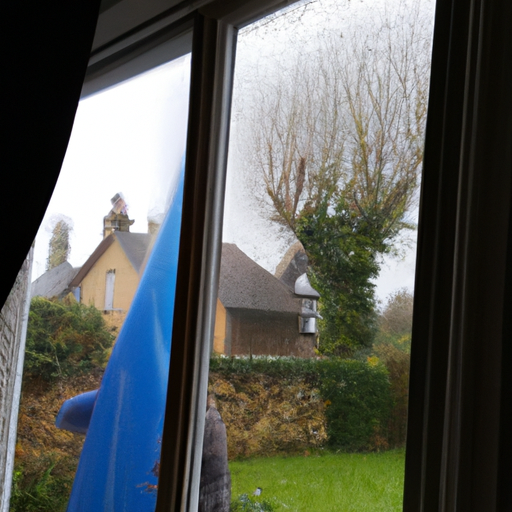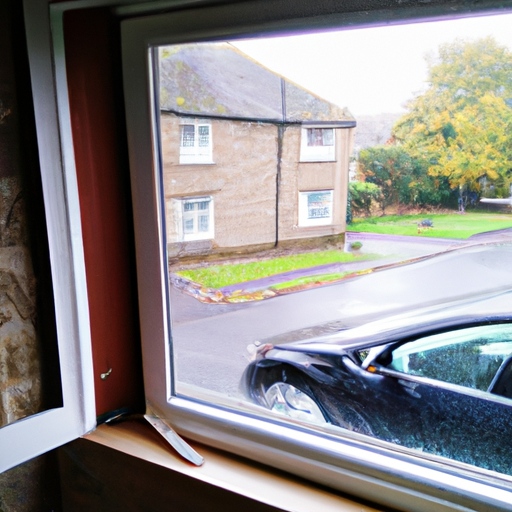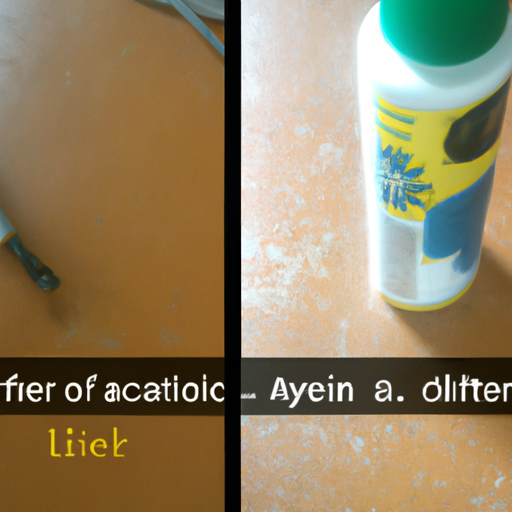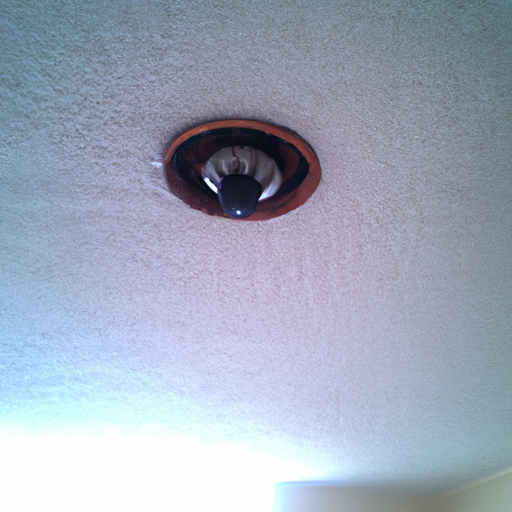
Post-Storm Window Cleaning: Safe Yeovil Windows in Somerset
I’ve learned a thing or two about window cleaning after storms right here in Yeovil, Somerset. And yes, it’s a bit of a habit for us local cleaners to check the glass and frames for wind-borne dust and leaves as soon as the skies clear. If you’ve just ridden out a howling bash from the South West and your windows look like they’ve collected the weather’s leftovers, you’re in the right place. We’ll take you through a practical, neighbourly guide to getting them sparkling again—safely and efficiently.
Why post-storm cleaning is different in Yeovil and Somerset
After severe weather, windows aren’t just wet and muddy. Debris, sand, and grit can be blown into seals and frames, and damp leaves can nest in sills. In Yeovil, with its mix of town streets and rural lanes toward Sherborne, Crewkerne, Ilminster, Martock and Somerton, storm debris travels on gusts that can swing from brisk to blustery in minutes. Seasonal winds, plus autumn leaf fall and the rain that follows, can muddy up glass far more quickly than a routine monthly clean. So yes, there’s a little extra care required.
From a practical standpoint, post-storm cleaning also means checking for minor damage that isn’t obvious at first glance—cracked glazing, swollen upvc frames, or leaks around seals. If you’ve got historic or listed windows, take a more cautious approach and consider professional input. And this is where local knowledge helps: the Yeovil area, including popular spots near Montacute House, tends to hide leaf litter in corners that aren’t visible from ground level.
Safety first: what UK regulations mean for post-storm cleans
We’re a big proponent of doing things properly and safely. In the UK, health and safety regulations matter even for a routine window clean, but after storms they’re even more relevant. Any exterior work, especially on ladders, should be underpinned by a risk assessment and a method statement. If you’re a homeowner attempting a DIY refresh, make sure you understand Work at Height Regulations (2005) and the general duties under the Health and Safety at Work Act 1974. If there’s any sign of structural damage, high winds, or you’d need to lean ladders onto slippery surfaces, it’s time to call a professional—your safety matters most.
For Yeovil residents, we often see people asking about safety around alarm sensors and security bars on windows. If you’re cleaning near those features, extra care is essential. And if your property is a listed or historic building, the guidelines tighten further to protect delicate glazing.
A neighbourly, sensible post-storm plan
Here’s a simple, repeatable plan that helps you decide what to tackle first and what to leave to a pro if needed:
- Do a cautious quick survey from ground level. Look for visible cracks, loose glazing beads, or water ingress around seals.
- Clear loose debris from frames and sills without forcing anything. Leaves and grit can trap moisture and rust metal components.
- If you spot damage or suspect water ingress, stop and call a professional. Better to be safe than to risk a bigger problem later, especially on historic Yeovil windows.
- Check gutters and downpipes nearby. Storms often deposit leaves that can overflow during rain, which can run down on glass and seals.
- Plan a calm, dry day for the actual cleaning. Cleaning in wet, windy or freezing conditions increases slip risk and can push cleaning products into seals.
For our team here in Yeovil, this checklist helps us decide when to step in and when a quick DIY touch-up will do. If you’re in nearby places like Sherborne or Crewkerne, you’ll appreciate these same principles—local weather and local building types share common challenges after a big storm.
Cleaning methods that protect glass and frames
After a storm, gentler can be better than aggressive. Here’s how we approach it, keeping glass sparkling without compromising seals or paintwork:
- Start with a rinse. A soft, low-pressure rinse helps remove loose dust and grit without forcing dirt into seals. Avoid high-pressure washers close to frames, as that can lift paint or loosen gasket material.
- Use a mild cleaner. A dilute dish soap solution works well on UPVC frames and painted sills. Rinse thoroughly to prevent soap residue that can attract more dirt.
- Focus on the low-maintenance spots first. Ground-level sills and frame joints catch the most debris. If a window is near a busy road in Yeovil, you’ll probably notice more grime from traffic dust and road salts—don’t overlook these.
- Be mindful of seals. After storms, seals can trap moisture. Pat dry with a microfiber cloth rather than rubbing aggressively, which can wear down the seal over time.
- Dry with care. A squeegee works well for glass, followed by a soft cloth to remove any streaks. When the sun peeks out over the Somerset countryside, it helps to dry windows naturally, but a quick wipe prevents water spots.
If you’re curious about specific products or techniques, we’ve got a whole collection of practical guides in our blog that cover everything from eco-friendly cleaners to long-lasting coating options. And yes, you’ll find related topics like Rain Spotting Prevention for Yeovil Windows useful for Somerset weather patterns.
For deeper dives on precise topics, you can also explore our post about Removing Builders Dust from Windows: A Yeovil Guide.
Seasonal considerations in Somerset
Somerset’s seasons shape how we clean after storms here in Yeovil. In autumn, windy days are common, and leaves pile up around sills and frames. In winter, frost can form on glass and even on frame joints, which makes cleaning trickier and more prone to smudges if you rush. Spring brings pollen and plant residue that stick to glass, especially after late-winter rain. Summers can be muggy, and rain showers often come on suddenly, requiring quick detection of rain spots once the glass dries.
A practical tip: if you’ve just had a heavy downpour, allow the glass a short window to dry before polishing. Rushing right away can leave micro-scratches or smeared streaks that are stubborn in the drier air of a Somerset morning. And if you’re planning to refresh exterior coatings or seals after a storm, a dry day is essential—you’ll get a lasting result, particularly on UPVC and painted timber frames.
If you’re in nearby towns like Ilminster or Martock, you’ll notice similar weather patterns that affect how we schedule post-storm cleans. And if you’re ever unsure, a quick chat with your local window cleaner or a look at season-specific posts on our blog can help you time the job perfectly.
Practical costs and timing for Yeovil homeowners
Post-storm cleans don’t always require a full re-clean, but there are a few scenarios that push the job into a more thorough session. For a typical Yeovil home, a basic post-storm wipe-down of ground-floor windows and a quick frame inspection might be completed in under an hour. If multiple elevations or first-floor windows are involved, expect a longer session. When damage is spotted—loose beads, swollen frames, or cracked glazing—professional intervention is wise, both for safety and for long-term protection.
We always tailor the plan to the property type. Listed buildings or older sash windows around town centres may need specialised care, and seal materials can differ from modern UPVC. If you want a sense of what to expect financially, you can read more about general window cleaning pricing in our Somerset guide, which covers typical ranges and what drives the cost.
Local context and connecting with the Yeovil community
Living and working in Yeovil means we’re used to the quirks of local homes—from the terraced streets near the old railway path to the more expansive houses along the Bodmin Road corridor. We often help customers in villages a short drive away, like Sherborne, Crewkerne, Ilminster, Martock and Somerton. We know the local brickwork, the common window types, and how Somerset weather can behave when it’s at its most dramatic.
Montacute House, a familiar landmark not far from Yeovil, reminds us that historical glazing can require particularly careful care after storms. While modern homes might cope with a straightforward clean, older frames can benefit from a cautious approach to protect delicate glazing and frames.
If you’d like to see how we apply these local insights to real properties, take a look at our homepage for a quick overview of our window cleaning services in Yeovil, and feel free to explore our blog for deeper dives into weather-related care.
Quick tips you can use today
- After a big gust, don’t spray water directly into long edge seals. A gentle rinse from the top down helps reduce pressure on the bottom seals.
- Soften stubborn grime with a mild detergent solution; avoid aggressive brushes on wood decays or delicate trims.
- Don’t mix cleaning on a windy day with ladder work. If you can’t secure a safe stance, call a pro. Safety first, always.
- Consider a post-storm maintenance plan: a light clean every couple of months can keep grime from building up and make the next big storm less of a shock to the system.
If you want more practical guidance, check out our blog for frequent, down-to-earth posts about how we handle specific challenges in Yeovil and the wider Somerset area. Also, if you’re aiming for a broader context, you can read about Rain Spotting Prevention for Yeovil Windows to understand how weather patterns affect drying and spotting.
FAQs about post-storm window care in Yeovil
Q1: Should I wait to clean after a storm until windows are completely dry? A1: Not necessarily. If the glass itself is dry enough and the wind has quieted, a light wipe can help prevent stubborn spots. However, avoid cleaning during heavy rain or on icy surfaces.
Q2: Can I use lemon juice or vinegar after a storm? A2: It’s best to avoid vinegar on modern seals and gaskets; stick to a mild, neutral cleaner and water. If you’re cleaning timber frames, test any product on an inconspicuous area first.
Q3: When should I call a professional after a weather event? A3: If you notice cracking, sagging frames, or water ingress around seals, it’s time to bring in a pro. UK safety considerations should guide DIY work on ladders—if in doubt, book a safe post-storm assessment.
Q4: Do storms affect any particular window types more in Yeovil? A4: Older sash windows and wooden frames can show swelling or gasket deterioration after prolonged wet weather. UPVC frames usually hold up well but still benefit from gentle cleaning and checkups after major rain and wind.
Q5: How often should I schedule post-storm checks in this region? A5: In Somerset, a quick post-storm survey is worth doing anytime there’s significant weather. A longer planned window care visit once or twice a year helps with preventative maintenance, especially for listed properties near Yeovil’s town centre.
Want a local expert to help after the next storm?\nIf you’d rather not tackle the aftermath yourself, we’re happy to help. We’ve worked with many Yeovil homeowners, including people on busy streets near the town centre and those in more rural lanes toward Somerton or Ilminster. We’ll assess, plan a safe cleaning approach, and get your windows looking bright again—without compromising safety or your property’s integrity. Visit our homepage to learn more about window cleaning services in Yeovil and consider adding a post-storm check to your seasonal plan.
And if you want a peek at similar, locally grounded topics, our blog has plenty of practical insights about cleaning windows after decorating, dealing with pollen, and more. You’ll also find a relevant read about Removing Builders Dust from Windows: A Yeovil Guide that shows how we handle tricky residues after other jobs.
If you’re in Sherborne, Crewkerne, Ilminster, Martock, or Somerton and would like a local team that understands Somerset weather and local quirks, give us a shout. We’re proud to serve Yeovil and nearby communities with careful, safety-minded post-storm window care that keeps your home looking its best year-round.
Why Choose Professional Window Cleaning in Yeovil, Somerset?
If you're looking for reliable window cleaning services in Yeovil, Somerset, we're here to help. Our experienced team provides professional window cleaning for homes and businesses throughout Somerset.
Ready to get sparkling clean windows? Contact us today for a free quote!
Related Articles
- End of Tenancy Window Cleaning: A Practical Yeovil Guide for Somerset
- Window care for holiday lets in Somerset – Yeovil and beyond
- Master Window Frame Cleaning: Practical Tips for Yeovil, Somerset
This article was written by Yeovil Window Cleaning Services, your local window cleaning experts serving Yeovil, Somerset and surrounding areas in Somerset.
Last updated: 6 October 2025
Need Professional Window Cleaning in Yeovil?
Get crystal clear windows with our professional cleaning service. We serve residential and commercial properties throughout Yeovil and surrounding areas.
Get a Free QuoteRelated Articles

November Back-to-School Window Care for Yeovil Flats
A neighbourly, practical guide to keeping windows in Yeovil flats sparkling through November. Local tips, safety-minded steps, and a seasonal plan for Somerset weather.

The Best Annual Window Cleaning Tips for Yeovil Homes
Ever wondered how to keep Yeovil windows sparkling year-round without the hassle? This neighbourly guide blends local weather, safety, and practical tips for Somerset homes.

Annual Safety Checks for Yeovil Homes: A Practical Guide
Living in Yeovil means you’ve got weather, ageing houses, and busy lives to juggle. Here’s a neighbourly, practical guide to the essential yearly safety checks every Yeovil home should schedule, with local tips and sensible costs.
